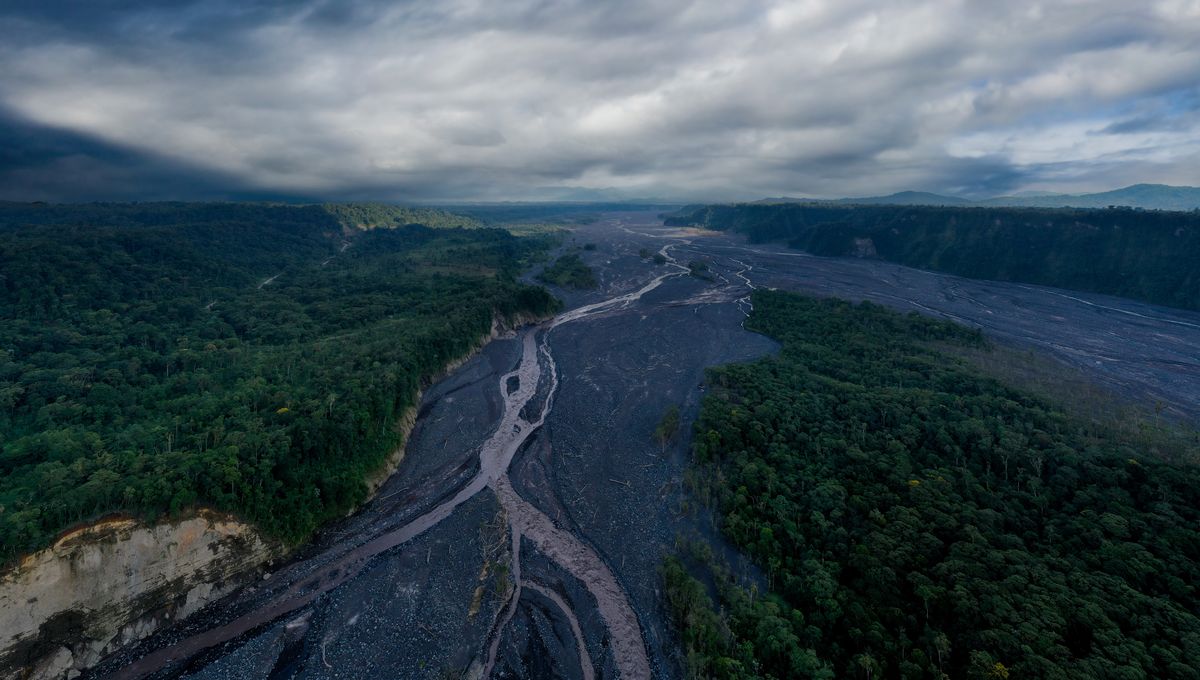
Jungle-piercing lasers have revealed the ruins of even more ancient cities hiding in the Amazon. Located in the Upano Valley of Ecuador, this sprawling network of long-lost settlements shows how South America was rich in highly complex human culture long, long before Christopher Columbus arrived on their shores.
The vast urban settlements were recently uncovered thanks to 20 years of interdisciplinary research that included fieldwork and light detection and ranging (LIDAR) mapping. This revolutionary imaging technology allows researchers to scan vast swathes of land and detect the imprints of hidden structures that aren’t always visible to the naked eye.
In recent times, archeologists have found a huge number of pre-Columbian settlements in the Amazon basin that remained undetected for centuries, if not millennia. However, this new research constitutes the earliest and largest example of urbanism in the Amazon discovered yet.
The recently discovered civilization first emerged around 2,500 years ago with significant construction occurring between 500 BCE and 600 CE. The extensive network of towns and cities consists of at least 15 distinct settlement sites of various sizes, characterized by constructed platforms and plazas that are connected by large, straight roads.
Among the many finds, they also revealed the impressions of some 6,000 rectangular platforms measuring about 20 meters (66 feet) by 10 meters (33 feet) and up to 3 meters (10 feet) high. The Amazon is no place to mine for stone, so these structures were fashioned out of earth and mud.
The researchers describe the settlements as an example of “garden urbanism,” where human-made structures were closely intertwined with agricultural plots, featuring extensive drainage systems and terraces.
It’s said that European colonizers came across giant cities when they first set foot in the Amazon. So the stories go, the settlements have since been consumed by the unrelenting jungle. Inspired by these legends, British explorer Percy Fawcett and his expedition went missing in 1925 while on the hunt for the so-called “Lost City of Z”, an enigmatic civilization that they believed was lying hidden in Brazil.
These stories are often brushed off as tall tales, but recent research like this suggests that they might have been onto something.
“Such a discovery is another vivid example of the underestimation of Amazonia’s twofold heritage: environmental but also cultural, and therefore Indigenous. Like many others, we believe that it is crucial to thoroughly revise our preconceptions of the Amazonian world and, in doing so, to reinterpret contexts and concepts in the necessary light of an inclusive and participatory science,” the study authors write in their conclusion.
The new study is published in the journal Science.
Source Link: 2,500-Year-Old Long-Lost Metropolis Found In The Amazon Jungle